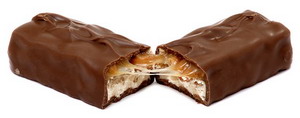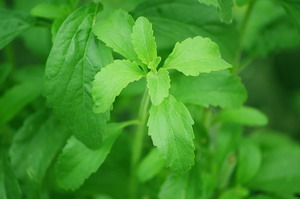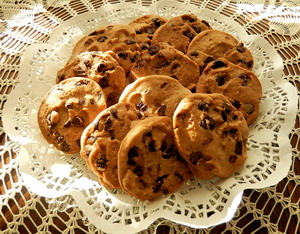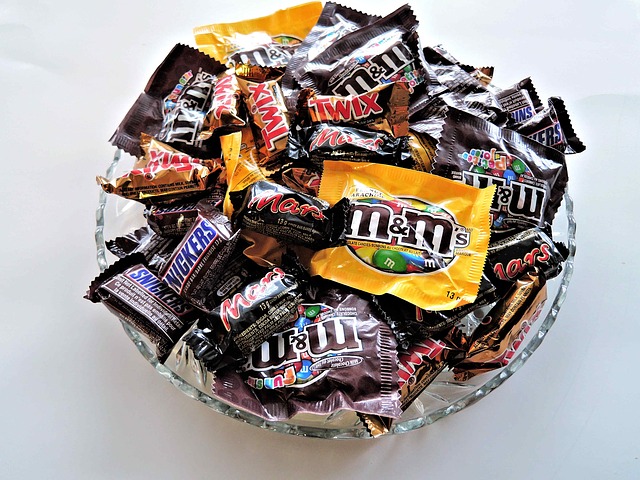The holidays are coming up fast. The season starts with Halloween and ends at midnight on January 1st. The big idea is two months of connection and good cheer. Traditionally this is the harvest time. You work hard for 6 to 7 months to till the soil, spread the seed, keep the weeds out, and what ever other agrarian chores there are to raising crops, all in preparation for this harvest time of the year. If your cultural roots are from nomadic herding tribes the pattern is the same. You are constantly moving the herd around to find good grazing or following the herd. The key is the number of hours of sunlight providing for the growth of plants. As those sunlight hours start to diminish, new growth stops. At the end of this cycle everything is at its fattest and most ripe, so it is time to harvest both animals and plants before the harshness of winter sets in and depletes the results of all your hard work.

The days are definitely getting shorter. Our energies draw in as this happens and we start to focus more on home and hearth. This is the time of connection. The energy is about moving the bounty from your outer labors into the protection of the home and community. It

is time to preserve your harvest and create positive exchange with your neighbors and make the diversity of everyone’s efforts mutually supportive. A healthy community supports our survival. Building positive relationships with others supports our individual survival. This is where treats come in. Few things say “Hi, I want to be your friend” like offering a treat. The sharing of food is a universal gesture of goodwill. Goodwill is what this season is all about.
Happiness comes from doing things for other people. Service gives meaning to our lives. Things we do for selfish pleasure actually increase inflammation in our bodies and increase our chances of all sorts of diseases – both infectious and chronic. Selfish pleasure has the same effect as chronic stress or adversity on our health. So when you chase pleasure to make yourself feel better, you actually produce the opposite. Many studies have shown that helping others is the best remedy to depression. Generating positive relationships is the best boost for your immune system. These days we can do that all year long. In more traditional cultures where life was more of a hard work struggle, harvest time was the time to do this. Halloween to New Years was the time for

goodwill and good cheer.
Almost everybody loves sugar. Sugar stimulates the reward centers of the brain as strongly as cocaine. But like cocaine, sugar is not good for our health in general. I say “in general” because like cocaine, a few blasts of sugar a year will not harm us significantly. Our system, if healthy, can handle such things on a very occasional basis – like once or twice a month. (Truthfully, I am only guessing about tolerance for cocaine as I have no experience with it.) Because it is such a strong trigger for our pleasure center, sugar is a natural go-to for a treat to offer someone when you are trying to engender goodwill. This worked fine 150 years ago back when we were the agrarian culture I have been describing. Back then the average American consumed 4 to 6 pounds of sugar a year. Today the average American consumes 150 to 170 pounds of sugar per year. To make that more real, the amount of sugar they would eat in a month, we now eat every day. “Hello Houston, we have a problem!”

Metabolically our body can process and healthfully use 1 ounce of table sugar per day (14 grams of fructose and dextrose each). Anything beyond that amount is a poison to our system. In fact, if we consume no carbs at all, our body will actually manufacture that much sugar on its own for use with specific metabolic pathways. We have swallowed the marketing lie that sugar is good for our energy levels – total lie. Sugar is a very poor quality energy source. It burns way too hot, meaning it produces tons of free radicals that damage our mitochondria energy furnaces. Sugar produces damage to our blood vessels and nerve endings. Sugar is very hard to keep evenly regulated as the body resists it. The body does best burning fat for fuel, not sugar.
An interesting side note, back in the old days before sugar, a favorite treat was a hunk of raw animal fat. People would sit around conversing and “chewing the fat.” This was such a treat that it was generally reserved for the elders of the family. Fat was the highest energy giving part of the animal, so the most important providers of the family got most of this good stuff. Aside from bacon, we don’t eat fat directly much anymore. The modern “civilized” version of this is cheese platters or summer sausages and salamis.

So here we are today. The holiday season starts in a couple weeks. We want to participate in the season of goodwill and treats are a requisite part of this process. We want to eat treats and make treats to share with others, but we don’t want to poison ourselves. We have the picture that we can handle an ounce of sugar a day – that is about 7 teaspoons max, so we can gauge just how many cookies we can eat at the holiday party we attend (about 2 medium cookies). That box of See’s candy is a bit of a problem as just one piece is over the top for our daily total load. So that attraction will have to fit in under the once or twice a month poison load we expect our body to be able to recover from without too much damage. Receiving the goodness from others is a part of the season, but we have to moderate just how much of it we eat.
What can we do to participate on the giving side of the equation with holiday treats without poisoning ourselves

or our loved ones? We know they want sweets. You could offer chunks of fat and see how that goes over, but it probably won’t go over well with any except your paleo friends. Cheese logs and summer sausages are a choice, but only marginally better that the sugar because of the chemicals in those products. You could be the person that brings the cups and paper plates to the party. What we really need are some healthy substitutes for sugar that taste like sugar. Fortunately we have those.
The favorite sugar replacement used in the industry is sugar alcohols like Maltitol. This is not really a good choice as it is still a carbohydrate that will affect blood sugar levels. Xylitol is a good choice as it looks and tastes like sugar, but its use is limited as it does not take very much to start giving you diarrhea – not a good idea

at a holiday party. I will use xylitol lollipops as a treat and be fine with two or three in a day. My favorite sugar replacement is Erythritol. It also looks like sugar and can be used in baking. It does not have the gas, bloating, and diarrhea issues that other sugar alcohols have as Erythritol is quickly absorbed and then dumped out through the kidneys without breaking down. The downside to Erythritol is that it is only half as sweet as sugar, plus it loves to crystallize, so it does not make good candy. I compensate by adding stevia to my Erythritol to make it more sweet.

Now for my number one sugar replacement– stevia. Stevia is actually healthy for you. Over 300 studies have shown the health benefits of stevia. Stevia does not produce a blood sugar reaction even though it is intensely sweet. Gram for gram, stevia is about 300 times sweeter than sugar. To use stevia I either mix it with Erythritol or I make a liquid with it. The pure stuff is rather pricey – now about $170 a pound, but it goes a long way. Its downside is that in most recipes the sweetener actually provides a significant amount of the bulk as well as holding moisture in the final product. Stevia can not do this, so recipes have to be adjusted to compensate for this.
The easiest way to make healthy treats is to make sweet breads like banana bread, ginger bread, or chocolate bread with stevia, or even better my erythritol-stevia blend. I carry that and my Double sugar at the office. If you want to avoid grains like wheat and rice, my Miracle Bread packages made with almond flour and egg white offer a high protein option. I already have packaged up sweet mix-ins that turn the bread into a sweet bread. They make wonderful cakes and

cupcakes as well. I will also use the Double sugar as a sugar replacement and almond flour as the flour replacement when I follow the basic toll house chocolate chip cookie recipe. These all make wonderful holiday treats that are also sugar free and grain free.
